- What we do
- Services
- Solutions
- Our Works
- Company
- Contact Us
October 24, 2022
How to Make Your Own Video Calling App and Become the Leader of the Market
During 2020, the usage of video calling apps dramatically increased. The current circumstances made us all go online, and video calls became a prime means of communication, especially in the work environment. Let us show you the complete strategy of making a custom video chat app that will be able to compete in the market.
2020 brought a true challenge to conducting business and sped up people going online. Online video calls now became the primary means of business and work communication, especially for companies that provide services. Working from home completely changed the usual workflow.
As the demand for video calls increased, so did the supply. The competition in the video chat apps market became really tense. It may seem hard to build an app that will gain popularity, so let us show you the complete strategy of making a video chat that will be able to compete in the market.
Video chat apps market trends and insights
Video is steadily becoming the most popular way of online communication, especially in a business environment. The market already has some big players like Skype, FaceTime, Google Duo, and Zoom, but it doesn’t stop its growth. Zoom, actually, only recently became so famous: In 2020, it managed to reach 300 million users. It proves that the market is expanding.
In today’s remote reality, video conferencing helps improve the workflow. Several studies by Lifesize state that:
- 94% of businesses increased productivity with video conferencing
- 89% of respondents say it reduces time spent on tasks
- 89% of people feel more connected with video communication
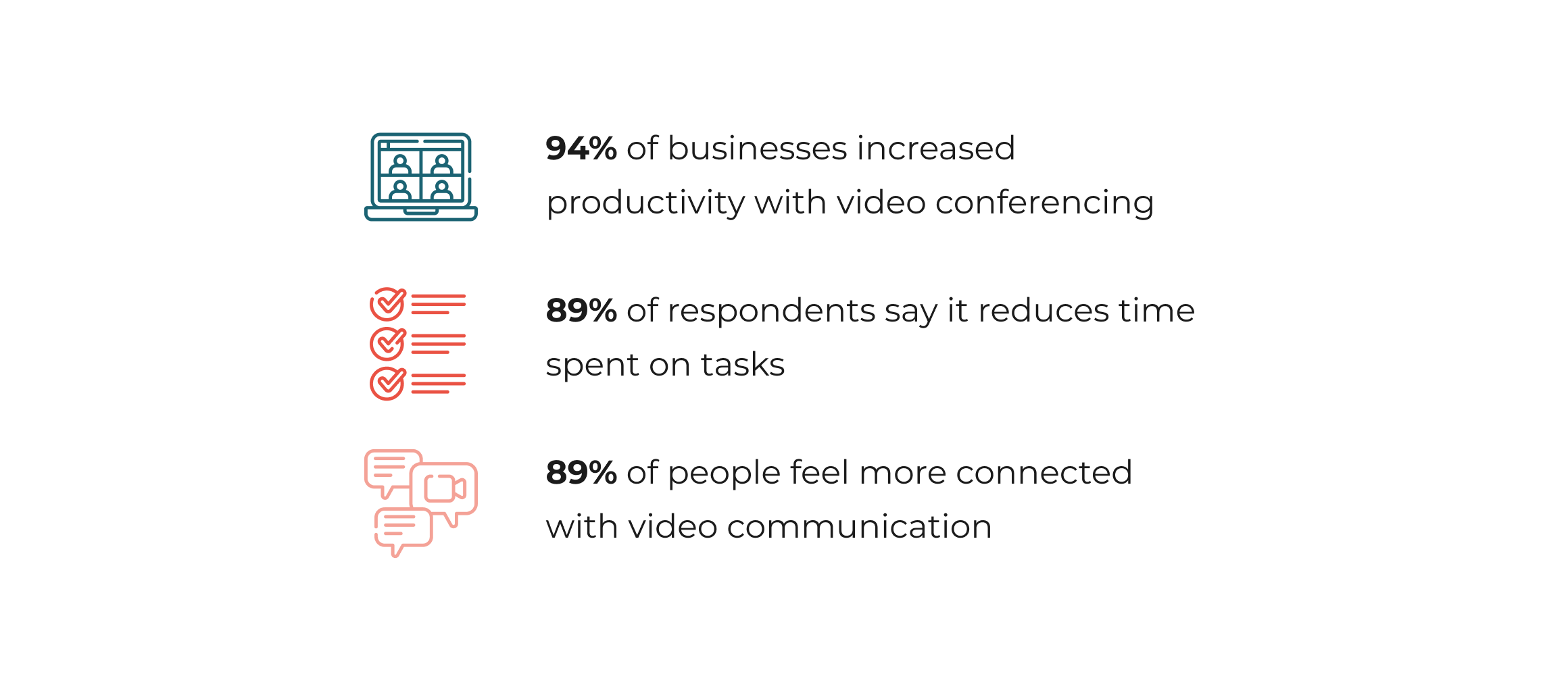
Moreover, businesses do not limit themselves to one video conferencing platform: Owl Lab discovered 89% of companies use more than one video call app of that type.
Also, this business area accumulates quite a lot of money. In 2020, the video conferencing market reached $7.87 billion from the previous year’s result of $3.85 billion.
What are the leading video calling apps?
We already mentioned some of the big players on stage, now let’s look at them in more detail. Looking at the market leaders and the analysis of competitors will be useful for building your own video chat app.
📌Zoom
Zoom is a cloud-based video conferencing service. This app gained most of its popularity in 2020, and it doesn’t seem to slow down in the near future. Its simplicity and efficiency made it one of the best choices for education and business. The app provides 40 minutes of free conferences for up to 100 participants. More calls and viewers will require buying a plan.
📌Skype
On the contrary, Skype is one of the oldest and one of the most famous video conferencing apps. The number of systems and devices that Skype covers is immense. Apart from video and audio calling, Skype allows users to share files and send text messages.
📌Discord
Discord is the best video chat app for building communities, especially when we talk about video games. In this app, a user can have a group call with friends, share their screen, or create a live stream so all the participants can watch what is going on in the game.
📌Google Duo
Google Duo is the best solution for Android users. It has a simple interface, supports some fun features, and allows users to record and send video messages, so it’s easy to connect with friends and family.
Types of video calling apps
First of all, to define what features would become the basis of your app, it is good to identify what industry you want to target to determine all the needs of your audience you want to satisfy. These types of video chat apps can help you choose the most suitable options.
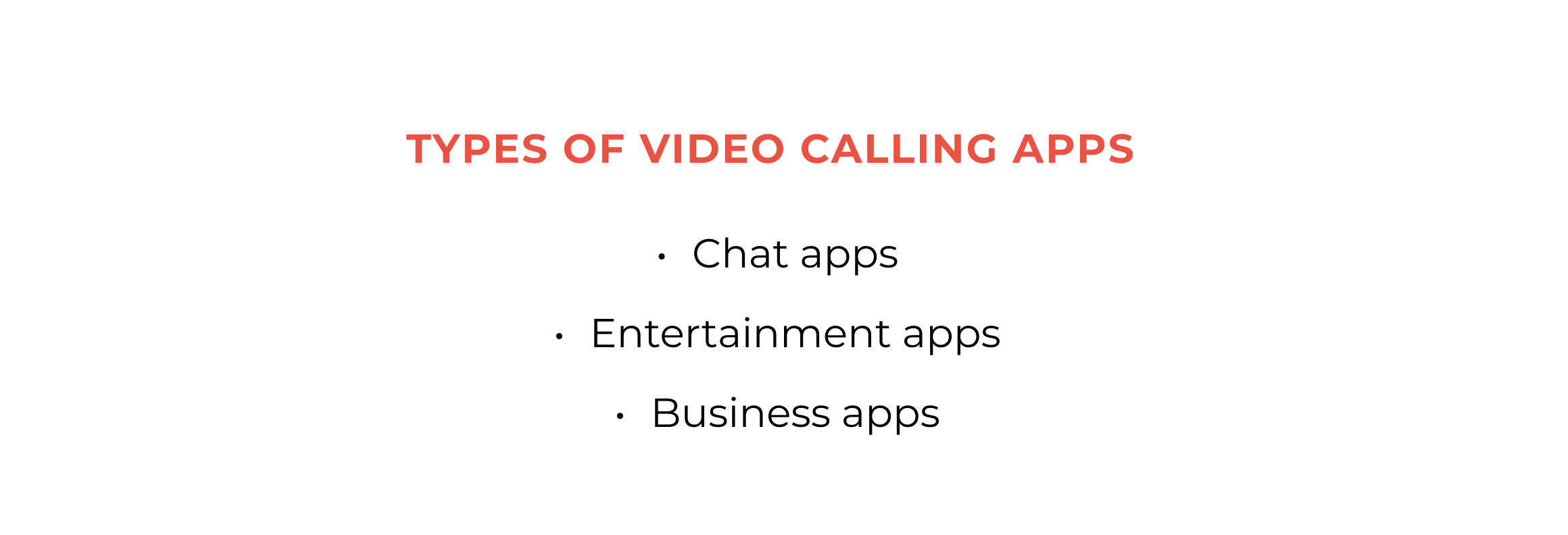
Chat apps
Most popular chat apps WhatsApp, Facebook Messenger, or WeChat, have a video calling feature that is available for common purposes. The primary focus of such apps is instant messaging, and video calling serves as an added bonus. Users can organize video conferences through them, too, and the time is not limited, but they must take into account the small limit of participants. For example, WhatsApp allows a maximum of four people on the same call.
Entertainment apps
Entertainment video call apps are basically tools for organizing online parties. It can be a general video call with friends, like Houseparty offers. This app allows you to create a virtual room, hosting a video chat with a limit of eight people. Users can invite each other to rooms and either talk or play games that are included in the app.
Another option for entertainment is a user organizing a live stream on their personal server with friends or a community to play a video game or watch a series, as in Discord. The number of features this service provides is immense, from creating channels dedicated to different topics to integrating a calendar using free API Discord.
Business apps
The usage of this particular category of video chat apps skyrocketed in 2020, and their popularity isn’t predicted to decrease in the near future. Business video conferencing apps became true salvation for working from home. They allowed people to gather online, conduct meetings, and perform tasks together almost the way they did before quarantines and lockdowns. Additionally, a video chat like that can be used for education since it can support more than two or three participants.
The most popular software solutions for video conferencing are Zoom, Google Meet, and Skype. They provide outstanding video and audio quality and are able to adjust it according to the user’s Internet connection speed. Most of them have free versions that will let you test the app and choose the most suitable one, but for more functions, you have to buy a paid plan.
We are ready to make your video chat app come true.
Contact usBenefits of video calling app development
What can you potentially get if you decide to make a video chat? We have the answer.
New market opportunity
A lot of businesses related to communication with clients will appreciate a new communication channel. A video call option can increase the audience’s attention to your product and build more trustful relationships with them. The main industries in need of video calling are entertainment, healthcare, and real estate.
Increased productivity
In a recent year, an extreme amount of people went working remotely. It made team management and workflow organization harder than ever, especially for those industries that were not familiar with working from home. A video chatting app is a perfect solution here: You can hold online meetings with your team, coordinate employees, and reduce the frustration of changing the work environment.
Security
Unfortunately, data leaks are not uncommon today. Industries like healthcare, finance, and media are highly concerned about data protection. A properly built video calling app can provide a substantial level of security. Not a single file, screen recording, or call will be accessed by a third party.
The set of features for your video chat app
During video chat app development, you can include whatever features you find useful and necessary for your users. However, there are several features that are essential for each video chat app despite its niche and purpose.
📌Sign in/Sign up
When a user needs a video chat only once in a while, this feature may not be that important. But if video communication is a daily activity, registration is a must. If the user has to enter their name over and over again, it becomes irritating and the chances of users leaving your app are rising. A simple sign-up and sign-in via e-mail or social media is a great solution for this issue.
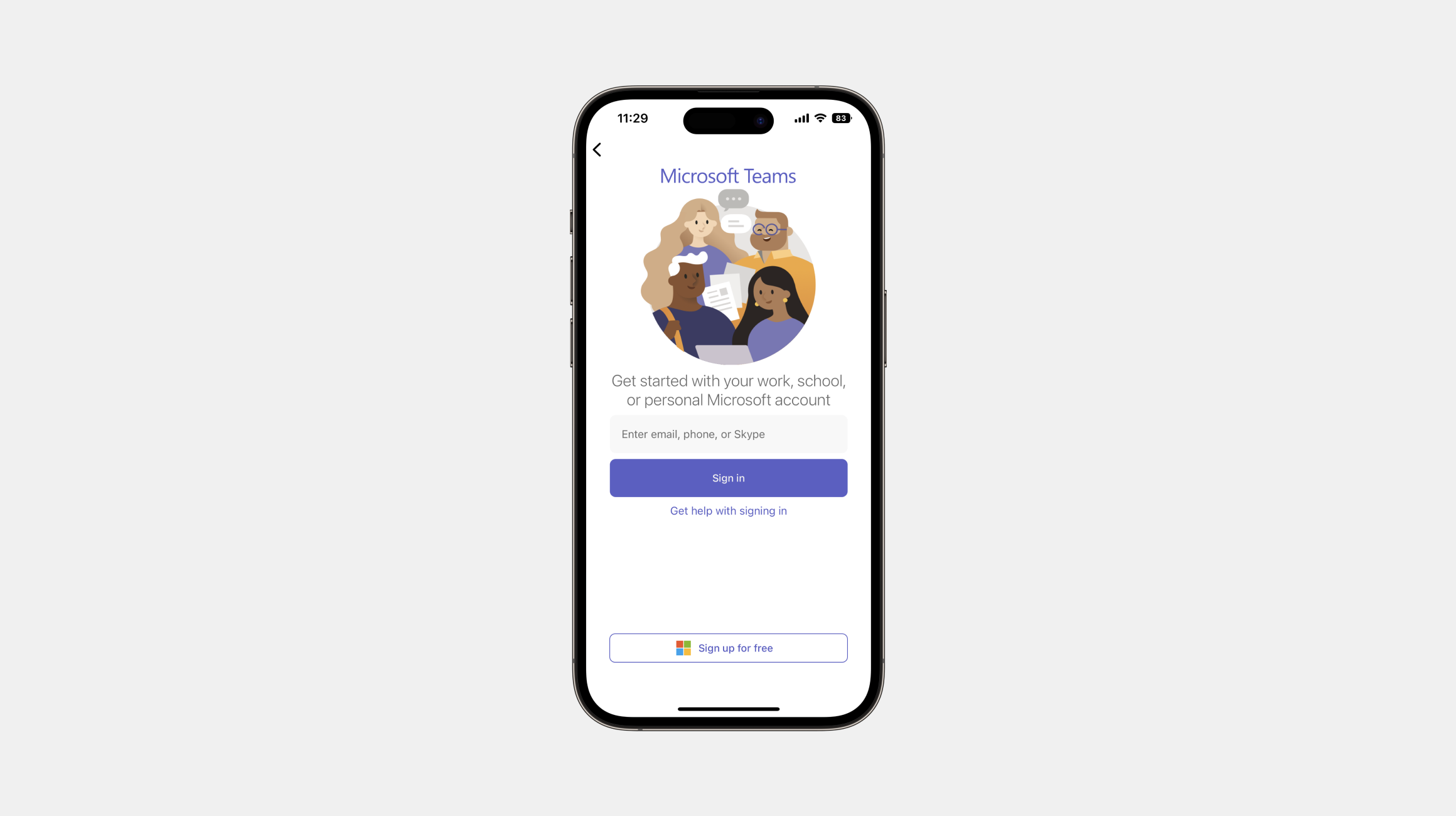
📌User profile
When a user registers in the app, they will need to create and manage their profile. Usually, it includes a full name, email, availability status, as well as other settings like privacy, notifications, and device check. Also, if you implement a paid version, you need to think about integrating payment options and saving the billing history of users.
📌Video/Voice calling
This feature is the essence of your video call app. In addition to making video calls, it should be possible for users to make audio calls because sometimes they can have no access to the camera. Besides, not turning on video is cheaper and less stressful for callers.
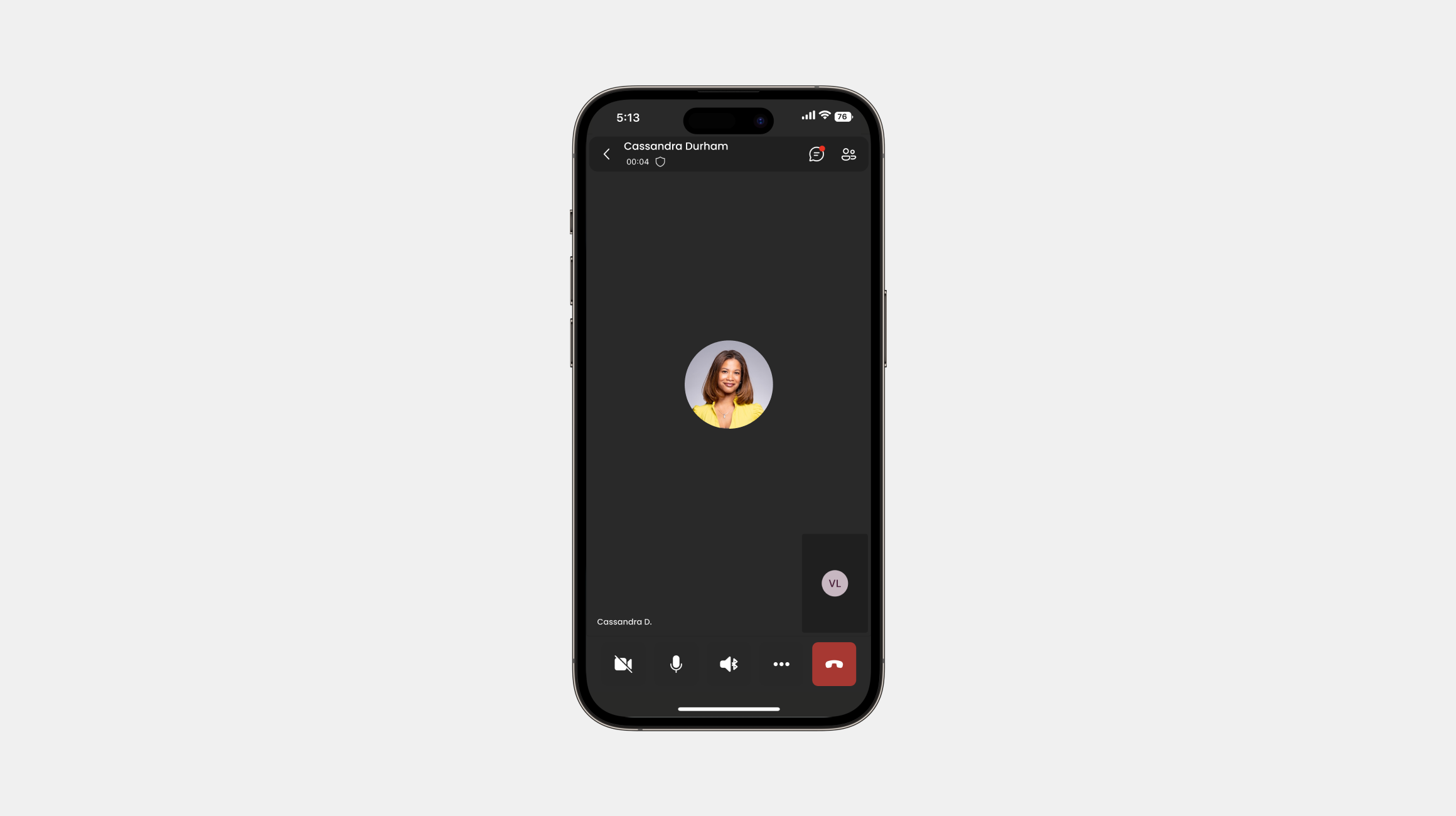
Also, it goes without question that video should be of HD quality and sound should be clear and loud enough. Since it will mostly depend on the user’s network, your application needs to be adaptive to real-time changing conditions.
Don’t forget about group calls. Depending on the niche you target, they can be used by friends who want to make an online party, by teams to coordinate the workflow, or by business partners that want to discuss the company’s processes.
📌Status
We have already mentioned the status feature in the part about user profiles. The availability status shows if a user is online and available for a call. Besides the obvious “online/offline” duo, you can implement statuses like “busy,” “be right back,” “do not disturb,” “idle,” and more. It will help others choose the best time to make a call.
📌Text chat
When it’s impossible to make a call, text chat will be useful. Video calling app doesn’t require any sophisticated text chatting: Just simple messages, file sharing, and emojies will be enough to support text communication both separately and during calls.
📌Contact list
It’s hard to imagine making an audio or video call without a contact list. Here users can indicate all the people they communicated with. It should be empowered with a search engine and integrated with the device’s phone book. That way it will be easy to import all the necessary contacts and search through them.
📌Screen sharing
Screen sharing is a must-have for business conferencing apps and team organizing platforms. It’s good for showing tutorials and presentations for a team. In addition, non-business-related usage of the feature can include streaming video games or watching movies with your friends.
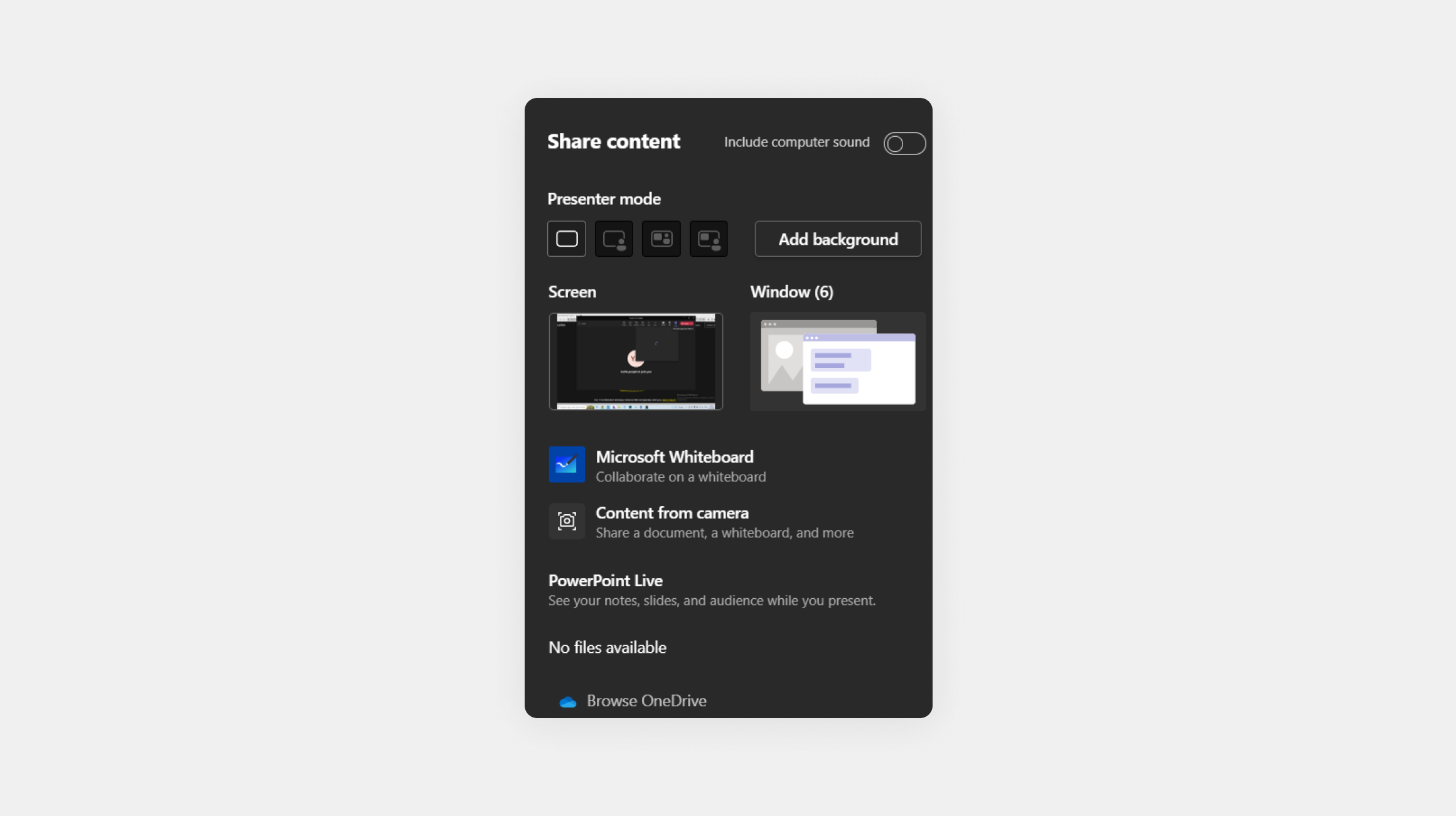
📌Call recording
Recording calls is a must-have feature, especially for a business-oriented video chat. Any important staff meeting or a call with a client is better to be recorded so participants can come back to it if necessary. There are more reasons to record calls, both business-related and personal, so you shouldn’t ignore this feature.
📌Push notifications
This feature may seem obvious, but such clearness sometimes makes you overlook it. With push notifications, your video chat will be able to notify users about the start of the call, new messages in text chat, missed calls, and changes in scheduled calls.
📌Security
We have already mentioned that a video conferencing app must provide users with a significant level of security. Besides encryption algorithms, you need to implement enough privacy settings for users. They should be able to block and mute contacts, manage their data, and set passcodes for calls.
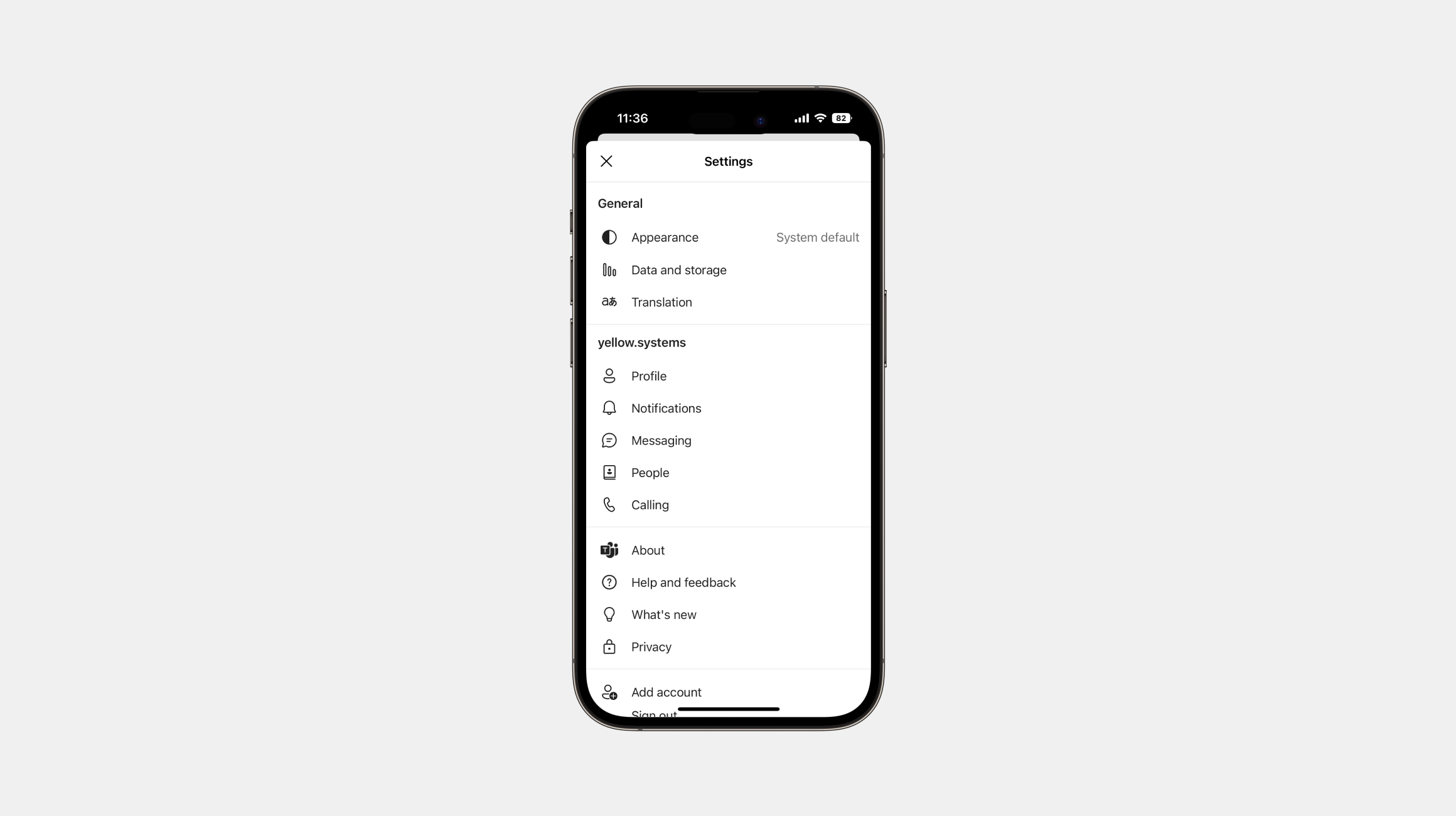
Video calling app features: Advanced
The functionality we mentioned above is a must-have for any video call app. Without any of those features, you won’t be able to survive on the market. Now, we are going to describe what you can add to your application to make it more pleasing for users if you decide to make a video chat.
📌Call schedule
If you want to create a mobile video chat app, scheduling tools can come in handy for users. Usually, this feature comes with a calendar integration. The app will also be able to automatically see if you are free or busy and offer alternative time slots if necessary.
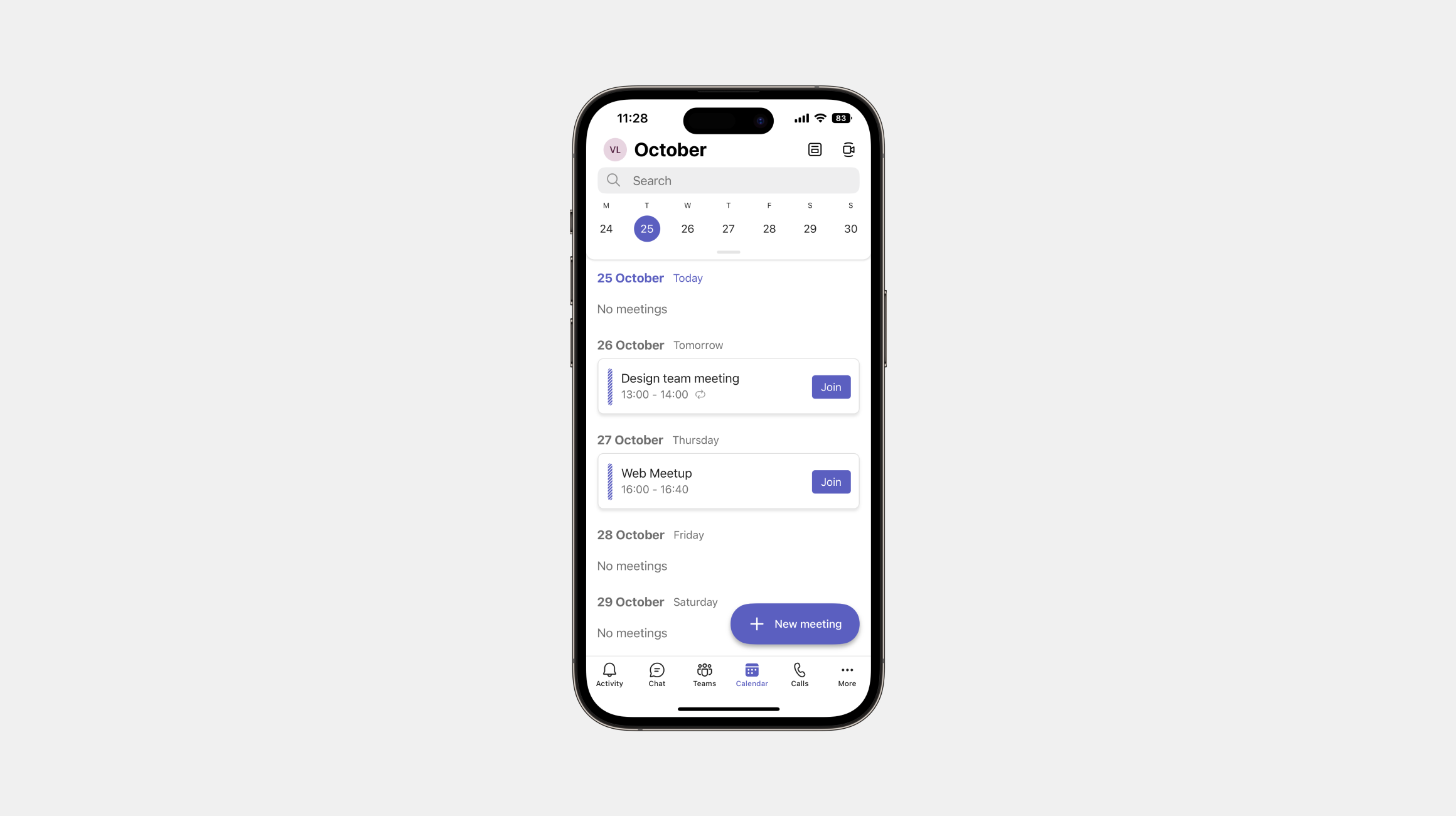
📌Background noise cancellation
It’s another important feature for a business video conferencing app. How often was your video call with your team interrupted by a barking dog or a working car? People can get anxious if can’t hear what you are saying. Noise cancellation will be a good addition to your app to avoid situations like that. This feature is quite hard to implement, but turn-key AI solutions can save the day.
📌Custom camera effects
We all know about the background removal feature. It allows people to stay private on a video call or lighten up the atmosphere and have some fun. Besides creating a library or premade backgrounds for your video call app, you can add a simple blur and the ability to upload custom images. Also, you can implement masks to make calls even funnier.
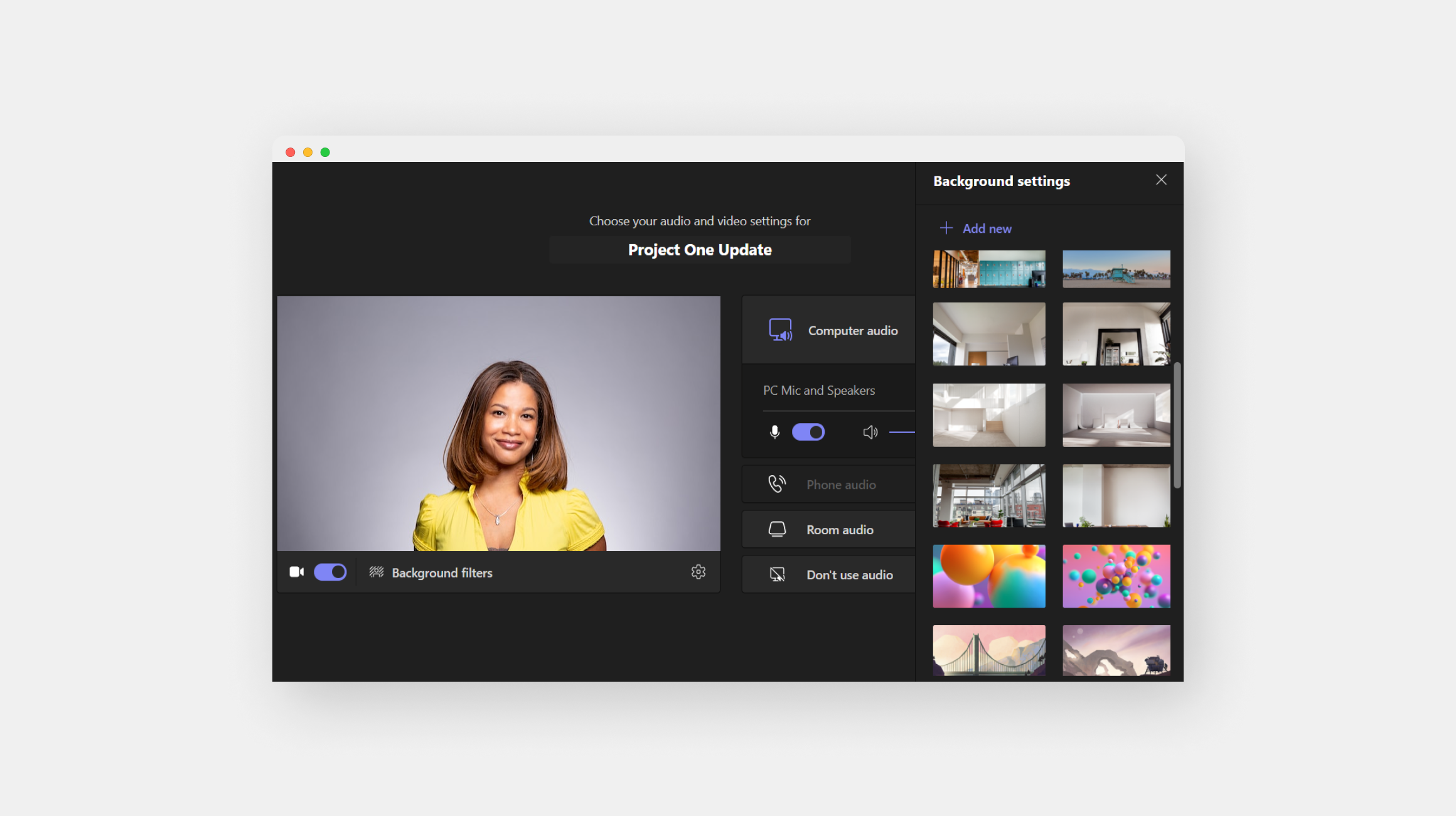
📌Reactions
During a group video call or an online conference meeting, a user can react with emojis to what the speaker is saying or showing. It provides users with quick feedback on their material without interrupting the presentation.
How to build a video chat app that succeeds
Whatever type of video chat app you want to put on the market, the general building strategy would be the same. Here are the steps to follow for video chat app development:

1. Find your target audience
That is how all product development starts. At the very beginning, you need to define who will use your future product. What devices will be the most suitable: Android, iOS, or desktop? Or all together? Does your audience belong to boomers or gen Z? Do they need it for work? Ask yourself all these questions and get to know your audience as soon as possible.
Here are a few points to consider when analyzing your target audience:
- According to studies, more than 60% of the video chat apps users are people between the ages of 18 and 29. The rest is made up of users between the ages of 30 and 49. Given those statistics, the younger audience seems to be more appealing for creating a video calling app.
- Your audience is going to be the most decisive factor for defining your app’s features. For example, the younger audience would prefer huge personalization possibilities like chat stickers, filters, or background modifications. These features will help your video chat app reach a wider audience.
- However, addressing professional or entrepreneurial needs requires a different set of functions. Secure video conferencing is one of the most important aspects of business use, so these applications would have a different tech stack and other prominent features. Exceptional video quality and additional data encryption would become a top priority here, so the businesses will trust a new software solution.
Education, healthcare, communication—each industry has its own pains and needs that must be addressed and resolved, so the target audience will be the most influential part of your business plan for a video chat app.
2. Define your features and value
The next step after finding your audience is shortlisting the necessary features. We already made a list of chat app features that will be necessary for a successful chat solution. Some of them are easily applicable for a video chat app, but calls and the visual form of communication require additional functionality.
For example, in addition to general chat functionality, a video calling app should be able to create a video conference for more than two people, provide security for ongoing video and audio streams, and enable screen-sharing for collective work.
After the list of features is designed, it’s time to think about what makes your app stand out from the crowd. It can be the feature that you focus on the most, like security or customization. Or it can be the message you put into your software solution, like 7pm Thursday did. This app that Yellow worked on has a very clear message: Love is love. It has no religion, no social status, and no gender, and that message defined a part of the functionality: it’s possible in the app to identify yourself as male, female, fluid, non-binary, or transgender.
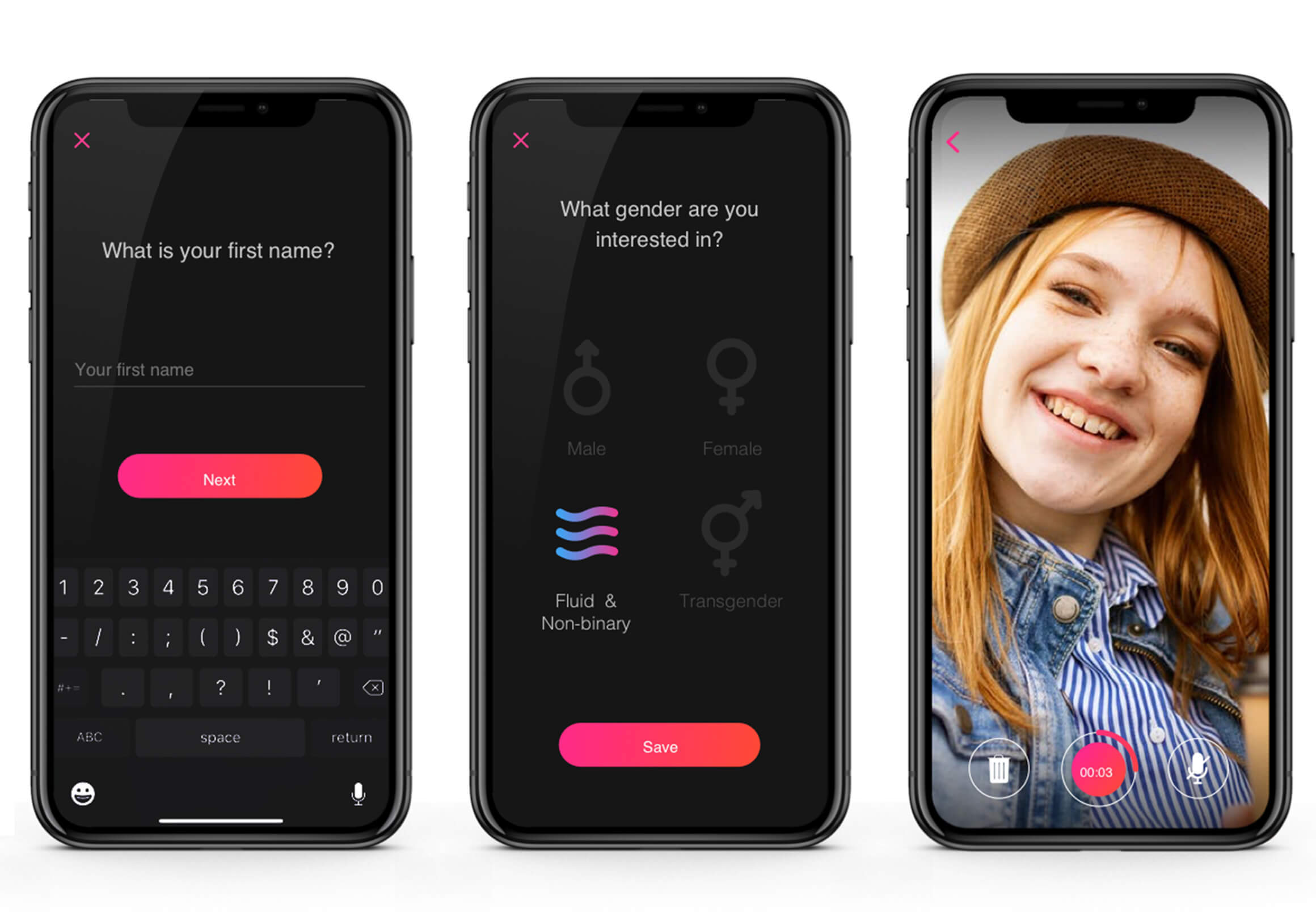
3. Create a business plan
A business plan will define all the key elements of not only development but the whole product lifecycle. The shortlist below covers the most essential areas that will help businesses formulate the plan:
- Resources
- Partners
- Vendors
- Value
- Audience segments
- Customer relationships
- Communication channels
- Costs structure
4. Choose the platform
An important part of a business plan is choosing the right platform for your application. If web and desktop versions may pass without saying, a mobile platform can become a hard choice to make.
If you opt for Android, your app will be able to work on multiple devices, get to the largest app marketplace, and receive official Google support. However, there may be a chance of higher security risks and issues with testing and launching.
iOS offers you high security, good ecosystem optimization, and fewer devices for testing. Still, it can lead to platform inflexibility, a long review process, and limited customization.
Cross-platform is also available. You will cover all the possible audiences, but it will take more time and money.
5. Develop!
The business plan is ready, so it’s time to start the video chat app development! The whole creation of the video chat app is a complex process that includes much more than simple coding, but if we try to cluster all activities involved into the app development, it will look like this:
📌UI/UX design
The most crucial part of designing is prototyping. A prototype is a set of black and white screens (wireframes) that show all the main functionality of the app. It’s important not to underestimate this stage: prototyping will let you avoid mistakes in later stages of development, which will save a lot of time and money.
The user experience should always play the leading role in the designing process. This means that the app’s layout should be clear, understandable, and visually pleasing. Functions should not be confusing, and people with different technical backgrounds should be able to use the app.

📌Backend
With well-designed and tested wireframes and prototypes, it’s time to start working on the managing part of the app. You must first set up a server-side framework where the application will be created.
In short, you can build a video conference app using a custom backend and various tech tools, or you can choose a ready-made SaaS-solution. Our team works closely with PubNub and Twilio. Both companies provide services for building apps: PubNub has data-streaming software development kits and Twilio provides users with contact center solutions, WhatsApp APIs, and WebRTC SDK.
6. Test
The last step before release is to make sure your code functions as intended. Errors may appear in different parts of code and cause security issues or failure of some functions, and that is why QA matters.
Still, a perfect product launch is impossible. Final users will eventually find something that testers overlooked. Of course, developers will fix it after receiving real-user feedback. However, the fewer bugs and errors your first release version has, the better it is for building trust and loyalty with your audience.
7. Release
When everything is finished, it’s time to make your app see the world. It’s important to know that the launch doesn’t mean the end of the work. Now you will have to keep your eyes on the audience and their reaction. Besides, it will be necessary to fix and update your video calling solution to support and increase its market position.
Required technological stack
If we take a look at technologies that can be used in the development of a video calling app, the approximate tech stack will look like this:
- Languages: Swift (iOS); Kotlin, Java (Android); JavaScript (Web)
- Cloud platforms: Amazon S3, Amazon EC2
- Streaming protocols: WebRTC, RTMP SDK, RTP
- Encryption protocols: AES-256, HMAC-SHA256
- Payment gateways: Stripe, Google Pay, Apple Pay, PayPal, Braintree
- Databases: PostgreSQL, MySQL, Oracle
An accurate tech stack will depend on the exact specifications and platforms you want to launch your app on.
SDK and API
Another part worth mentioning is SDKs and APIs necessary for a proper function of a video calling app. There are many possible solutions to choose from, but the most popular options are:
- OpenTok SDKs
- Vidyo
- Wowza GoCoder SDK
A third-party APIs that can come in handy during the development include:
- PubNub
- Twilio
- ContusFly
Monetization strategies
Monetization identifies the way your app is going to make you revenue. Building the right financial plan is just as important as understanding the tech stack of your video chat app.
There are several popular types of monetization strategies for video chat apps:
- Advertising—The core of that strategy is in-app advertisements that will make the app free for users. You can implement it either using PPC or working with brands. It’s possible to make money per view, per click, or per action.
- Freemium—It proves itself to be the most effective monetization strategy. You can provide some basic functionality for free, and add paid additional functions, like using more sticker packs for chat, applying new backgrounds, or sending larger files.
- Paid calls—This monetization strategy will add paid limits to calls. You can limit the times of calls and the maximum number of participants, and for additional time, users will have to pay.
How much does it cost to build a video chat app?
The costs for a well-built solution will depend on several main factors like the team’s composition and rate, specifications of the app, and the expected deadlines.
Usually, a video calling app requires the work of backend and frontend engineers, UI/UX designers, and QA specialists. Besides, you will need a project manager for controlling the process. Also, the custom video communication solution will cost significantly higher than a SaaS solution.
Here is an approximate estimate of the time and budget you will need to make a video chat.
| Feature | Approximate development time (hours) | Approximate cost ($, $50/hour) |
|---|---|---|
| Authorization | 80 | 4,000 |
| Profile | 80 | 4,000 |
| Contact list | 24 | 1,200 |
| Audio calls | 52 | 2,600 |
| Video calls | 58 | 2,900 |
| Chat integration | 102 | 5,100 |
| Streaming protocols | 18 | 900 |
| Player integration | 33 | 1,650 |
| Notification system | 35 | 1,750 |
| In-app purchases | 40 | 2,000 |
| End-to-end encryption | 60 | 3,000 |
| Screen sharing | 50 | 2,500 |
| Custom stickers | 28 | 1,400 |
| Design | 120 | 6,000 |
| Frameworks integration | 24 | 1,200 |
| Web backend | 650 | 32,500 |
| Total | 1,454 | 71,890 |
Depending on the scope of work, the average costs for a video calling app will start from $72,000 and go higher. If you want a more accurate estimation of possible costs, feel free to contact Yellow.
Conclusion
It’s way easier to make a video chat now than it was five or ten years ago. Additionally, their recent popularity also makes a point. In today’s market, a simple and secure video chat app will definitely find its audience.
Let's build a video-chat app that meets your needs!
Get in touch✔Read next:
How to Create a Voice Chat App From Scratch
How to Create a Chatting Website: Important Features and Design Tips
How to Make a Social Media App: Tech stack, Features, and Costs
Got a project in mind?
Fill in this form or send us an e-mail
📌Why should I develop a video calling app?
📌Who are the market leaders here?
📌What features to include in a video calling solution?
📌How much will it all cost?
Subscribe to new posts.
Get weekly updates on the newest design stories, case studies and tips right in your mailbox.
